Archive
31 March 2020
ERC Advanced Grant for Cees Dekker and Lieven Vandersypen
10 March 2020
Researchers organically engineer solar cells using enzymes in papaya fruit
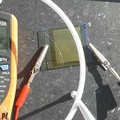
Titanium dioxide (titania) thin films are commonly used in various types of solar cells. The fabrication methods that are currently used to create such titania films require high temperatures, as well as expensive, high-end technologies. Researchers at Delft University of Technology (TU Delft) have now developed a fully organic method to engineer porous titania thin films at relatively low temperatures.
06 March 2020
Light flows around corners unhindered

Researchers of AMOLF and TU Delft have seen light propagate in a special material without it suffering from reflections. The material, a photonic crystal, consists of two parts that each have a slightly different pattern of perforations.
05 March 2020
2020 Soft Matter Lectureship awarded to Valeria Garbin

The Royal Society of Chemistry has announced Dr Valeria Garbin as the recipient of the 2020 Soft Matter Lectureship. This annual award was established in 2009 to honour an early-stage career scientist who has made a significant contribution to the soft matter field.
04 March 2020
Zigzag DNA
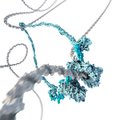
DNA in a cell can normally be compared to spaghetti on one’s plate: a large tangle of strands. To be able to divide DNA neatly between the two daughter cells during cell division, the cell organises this tangle into tightly packed chromosomes. A protein complex called condensin has been known to play a key role in this process, but biologists had no idea exactly how this worked. Until February 2018, when scientists from the Kavli Institute at Delft University of Technology, together with colleagues from EMBL Heidelberg, showed in real time how a condensin protein extrudes a loop in the DNA. Now, follow-up research by the same research groups shows that simple bundling up such loops is by no means the only way condensin packs up DNA. The researchers discovered an entirely new loop structure, which they call the 'Z loop'. They publish this new phenomenon in Nature on 4 March, where they show, for the first time, how condensins mutually interact to fold DNA into a zigzag structure.
02 March 2020
The magnet that didn’t exist
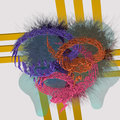
20 February 2020
Monitoring the development of a tumour using the memory of bacteria
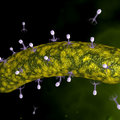
19 February 2020
Researchers discover new mechanism for the coexistence of species

19 February 2020
Cryo-chip overcomes obstacle to large-scale quantum computers
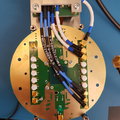
QuTech has resolved a major issue on the road towards a working large-scale quantum computer. QuTech (a collaboration of TU Delft and TNO), together with Intel, has designed and fabricated an integrated circuit that can operate at extremely low temperatures when controlling qubits, the essential building blocks of a quantum computer.
29 January 2020
Molecular machine tears toxic protein clumps apart
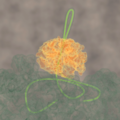
How do cells disentangle proteins that are clumped together? Researchers from AMOLF in Amsterdam and Heidelberg University now show that the molecular chaperone ClpB can forcibly pull on exposed loops of protein chains, and hence extract them from protein clumps. They published their results in Nature today.